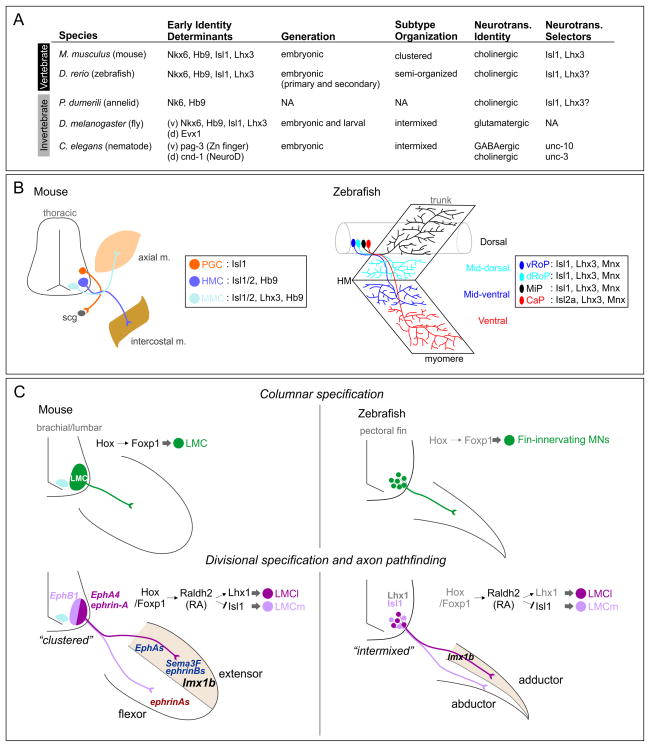Figure 2. Motor Innervation Programs in Bilaterians.
(A) Table showing conservation and divergence of MN cell fate specification programs in invertebrates and vertebrates, emphasizing known conserved transcription factors. Several key transcription factors involved in MN specification are not indicated. NA, not assessed.
(B) Comparisons of MN organization and innervation patterns between mouse and zebrafish at trunk levels. Core MN determinants, Isl1/2, Hb9 and Lhx3, are expressed in different combinations in three distinct thoracic columns in mouse. scg, sympathetic chain ganglia. Zebrafish embryos contain four classes of primary MNs, vRoP (ventrally-projecting rostral primary), dRoP (dorsally-projecting RoP), MiP (medial primary) and CaP (caudal primary), and they do not organize into tightly clustered columns (Menelaou and McLean, 2012). They are classified by their specific innervation of axial muscles from dorsal to ventral. The stereotypic innervation patterns of each primary MN are depicted here. Although three Mnx proteins are detected within each primary MN subtype in zebrafish, Mnx proteints are only required in MiP MNs (Seredick et al., 2012).
(C) MN organization and specification programs at limb/fin levels in mouse and zebrafish. In zebrafish, pectoral fin innervating MNs are considered to be secondary due to their late development and ventrolateral position relative to primary MNs (Myers, 1985). A GFP reporter under control of an Isl1 enhancer indicates that Isl1+ pectoral fin MNs selectively innervate abductor muscles (Uemura et al., 2005). Untested aspects of these models are shown in gray.

